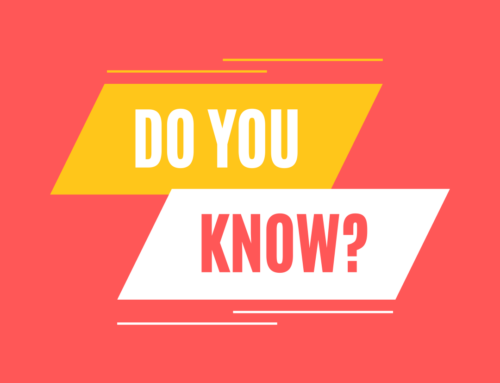 My earliest memory is of waking one morning and running outside to check on my duck, whom I named “Banana.” When I pushed the screen door open, a cloud of white feathers filled the air, higher than my head. Even at age three I knew this was not a normal sight. Instinctively I froze, one bare foot on the wood porch and the other still inside the two-room house I shared with my parents, two sisters, Uncle James, and Uncle Lester. The feathers drifted downward. Many scattered, but just as many landed on a clump of thick, dried blood in the center of the porch. Headless, the clump of blood and feathers was still recognizable as the remains of Banana.
My earliest memory is of waking one morning and running outside to check on my duck, whom I named “Banana.” When I pushed the screen door open, a cloud of white feathers filled the air, higher than my head. Even at age three I knew this was not a normal sight. Instinctively I froze, one bare foot on the wood porch and the other still inside the two-room house I shared with my parents, two sisters, Uncle James, and Uncle Lester. The feathers drifted downward. Many scattered, but just as many landed on a clump of thick, dried blood in the center of the porch. Headless, the clump of blood and feathers was still recognizable as the remains of Banana.
“It has happened!” I whispered out loud to myself. “The enemy has attacked.”
Dad often talked about his fears of attacks on the U.S. by the soldiers he had met in combat not many years earlier in WWII. When Dad told his stories, he was careful to state that he fought in the initial D-Day invasion of Normandy. I knew this meant that no other soldiers had arrived on the beach before Dad’s squad. He and his comrades were fresh targets. He also made it clear that he landed on the Omaha portion of Normandy, the stretch of beach that was most heavily guarded by Nazi soldiers that particular morning. As Dad continued to fight across Europe, he was wounded three times before the war ended.
After returning home, Dad told his war stories practically every day, and they lasted well into the evenings. I knew most of these stories by heart. They were like a shadow over everything we did.
“The enemy bombed our house!” I screamed as I rushed back inside. “Everybody! Wake up! Run! The enemy has attacked!”
I tugged at the covers of all four beds crammed into the kitchen and the “other room” of our house. Family members jumped up, pulling blankets and clothing behind them.
Once outside, Dad examined the duck carcass, then he explained, “Enemies didn’t do that. Rats killed the duck.” He threw the remains into the weeds behind the house.
I was so relieved. Rats, not enemies, had killed my duck. My family had survived one more day without being bombed.
Fear of “the enemy” never left my mind throughout my childhood and adulthood. This Cold War state of mind became even more pervasive over the years. Whenever someone mentioned an “enemy” of any nature, that Cold War trauma was triggered again and again. I learned to feel as if I could never trust anyone.
Often my older sister, who was born nine months after the end of WWII, demonstrated emotional reactions to war-related events that Dad had never talked about. What role might epigenetics have played? Had she inherited his trauma? Had I?
Currently, as the world teeters on the brink of WWIII, what fears and misconceptions are being triggered in the minds and bodies of our students? Do they have the vocabulary to express their fears? Do they understand the time and distance between them and danger? Is separation anxiety amplified as they watch men and women leaving their families in Ukraine to fight and perhaps die? Do feelings of toxic guilt swell as they hear people say “We should do more”? Do they understand that some of the video images are duplicates of previous footage? How will they truly know when the conflict has ended?
Most of the activities from the end of Chapter 3 in Emotional Poverty can be adapted to help students address their feelings about the war. For example, journaling is effective with older students, while younger students benefit from a variation of the Teach Teddy exercise. The students teach Teddy about current events, which gives them more of a feeling of control over the narrative. No matter which strategies you use, it’s important to let students express and process their feelings, especially those students who have experienced trauma.








